Life through a locked down lens
- Walk Colchester

- Apr 29, 2020
- 6 min read
By Jonathan Doyle, with images by Sunday Traders photographers
Sunday Traders, the street photography group which grew out of Colchester Jane’s Walk events in 2017 and 2018, staged an exhibition of more than 90 prints at Space Studios in Colchester as their 2019 contribution to Jane’s Walk. In this first of two articles, Jonathan Doyle caught up with the group, which is still going strong, to revisit some exhibition favourites and see how photography continues to inspire them, and all of us, even during the lockdown. In a second article, we’ll hear how some of the photographers found their favourite shots.
(Scroll via slider or double-click for full-screen)
It’s a bright but blustery Sunday morning in lockdown April and we’re all doing our best to get used to Zoom. Few of us had heard of Zoom even a month ago. Now it’s already an appropriated verb. It belongs to tech and the here and now, these strange times we’re in that separate us from everything we’ve ever known. Zoom has appeared nearly as suddenly as the virus itself and already we’re wondering how on earth we hadn’t had both before. One of them has taken hold so quickly that we may just have to get used to it and be stuck with it forever. The other, well, it’s anyone’s guess.
When we still had an outside world, or at least, an accessible one, we could each choose how far we wanted to dive into video conferencing instead of just getting out and meeting people in person. Just how much we wanted our lives enhanced (or hindered) by such online accessibility was a choice we made with a certain degree of autonomy. Of course, it’s all extremely convenient and it’s doing the job well for us. In fact, in many cases it’s allowing us to do our jobs where without it we’d be truly stuck. But it’s all very, very different and everyone is wondering whether our lives will ever be the same again. For photographers, that sounds like a transition that should be recorded in some way. The question for us right now though, is how?
What kind of photography is available to street photographers who can’t go out? It’s suddenly more complex than it was before. Straightaway, there’s an irony for us lot in discussing the issue on something called Zoom. But it feeds into a more serious point that we need to consider in doing something photographically during these bizarre times. How appropriate is it to be taking pictures right now and how best should we be doing it? Back in the day (well, any time before March), a zoom was a thing we were not really supposed be using in street photography. As a convenient kind of lens that allowed us to travel light and home in on a shot easily, using a zoom was nevertheless somehow considered to be a cheat’s way to get a picture on the street.
Taking pictures in built up areas always attracts attention and opinions from many quarters – from the public, from the police, from more and more security staff guarding those not quite so public spaces, plus all manner of other critics who pop up to share a view about our work. We’re used to that of course and we work happily enough with it. But now, mid-Covid, we need to adapt to different challenges.
Back for a moment to zooms. For a great many years, the most democratically free genre of photography came with its own inconveniently unwritten, often uncertain yet always seemingly uncompromising code on what to do, how to do it and what to do it with. If you wanted to call your photography street, you’d better be using a fixed lens, and a short one at that. Zooms were simply not the done thing in this field. Be close, be invisible and be fast. If someone in your picture looks like they’ve seen you, your number’s up and the picture doesn’t count. If you’ve zoomed in because you were scared to get in you’d better prepare for a barrage of opinions and free advice.
Well, that was then. And, to be fair, it was already changing fast. People were questioning the old guard’s mantra on the whole street photography genre. It was opening up to all comers, bit by bit. For a start, even the once intractable rule that photographers actually needed to have a camera seemed outdated once the smartphone appeared. Suddenly, you could get a more than half decent picture just by being there and you could show everyone what you’d done more or less immediately. Even the street die-hards had to admit that it had its advantages. If you were out and about, not necessarily even intending to take pictures, you could still come across something worth shooting and capture it bang on the moment. Sharing an image worldwide before you’d even reached your own front door and basking in an instant glory drew in the hoards. Such adoration lasted at least until someone else grabbed all the attention with their picture, hoovering up more likes than you’d managed, more love even, and cruelly showing just how fickle our interest in you could be just one decisive moment later.
Mercifully, a good picture still trumps a bad one, even in a subjective world where everything is awesome. We know that, really, some pictures just aren’t that great. Does that matter that much? It still seems to. And that’s what it is for Sunday Traders and others like them. The good pictures, those that grab us and intrigue us, or move us or connect with us in some way, are the pictures they’re searching for. That endless pursuit of an arresting image on the streets is a driver many photographers cannot resist. They like the chase. They enjoy the camaraderie of showing what they’ve found and learning from each other. They like the kudos of finding something good. Nothing wrong in that. Being out there, somewhere, armed with an instinct and inclination to look around inquisitively is compulsive once you get started. Anyone can join in, whatever you may have heard to the contrary. That’s another attribute of which Sunday Traders are proud – they welcome the vibrancy each new photographer brings to the group. No one cares what gear you have. They just want to see your pictures.
If you look hard enough, if you look compassionately rather than sensationally, you’ll find something meaningful and enduring. There are fewer rules than before but that’s not to say that crap still isn’t crap so take it as seriously as you can and you won’t go too far wrong. With the inevitable degree of luck, a cheery disposition, a persistence and a healthy resilience, you’ll find it a rewarding way to be out and about, when you’re allowed. Out on the street, anything can happen. Or maybe it won’t. It’s not always easy to tell which way a day will go. But it’s still worth a try. With a bit of practice and a keen eye, you can make a certain amount of luck for yourself. But even when it’s quiet and there seems to be nothing going on, there will still be opportunities. Even nothing can look good if it’s photographed well.
And, for now, if it feels a bit awkward taking a camera on your daily exercise, your food shop or your essential trip to work, use your phone. Quite a number of the pictures you’ll see here were shot on phones. Right now, it’s a good way to do it.
In the slideshow here, Sunday Trader’s images taken before and during our transitionary era are deliberately mixed up together. In some pictures, we see what seems already to have receded far into a distance, that of our recent past. In others, we may dreamily evoke a hope of a future of which we want to be assured. Certainty is not what it was in this strange new normal, that much we do know. Perhaps more strangely still, there are photographs here where an ambiguity lingers over quite to which side of the divide they properly belong. Are they what we had? Or are they what we have yet to come?
© (images) photographers as credited 2017-2020; (text) Jonathan Doyle 2020. All rights reserved.



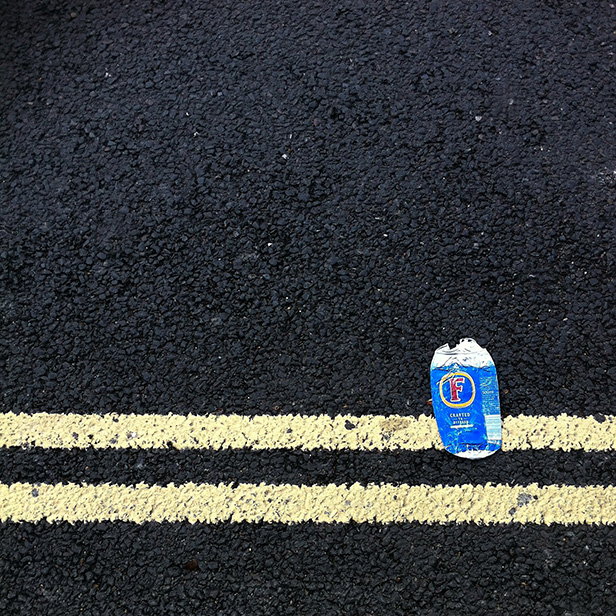

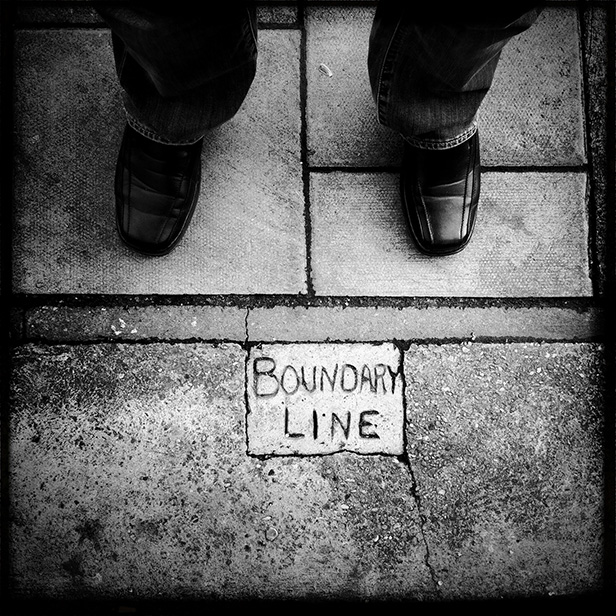



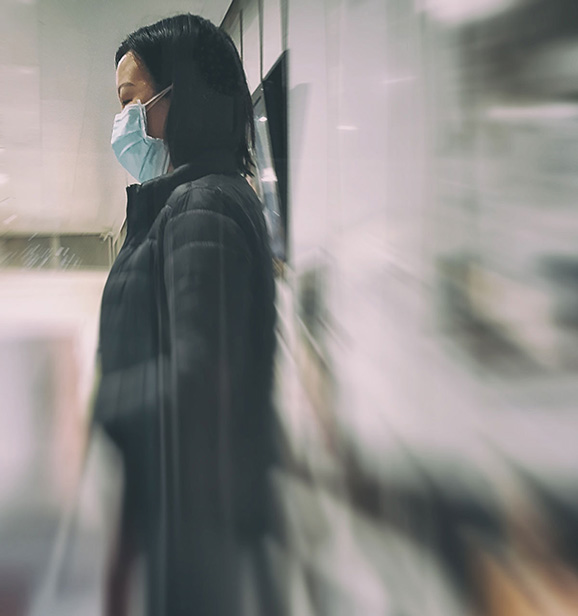

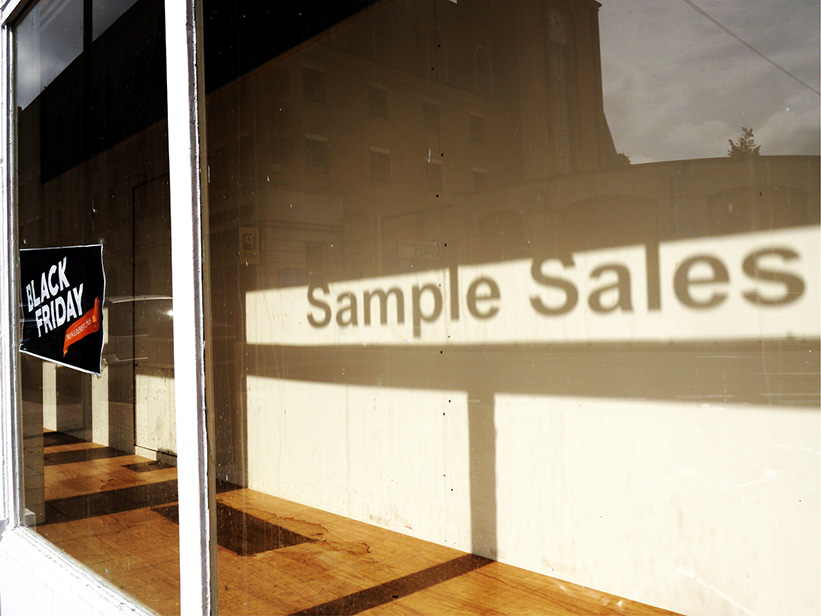

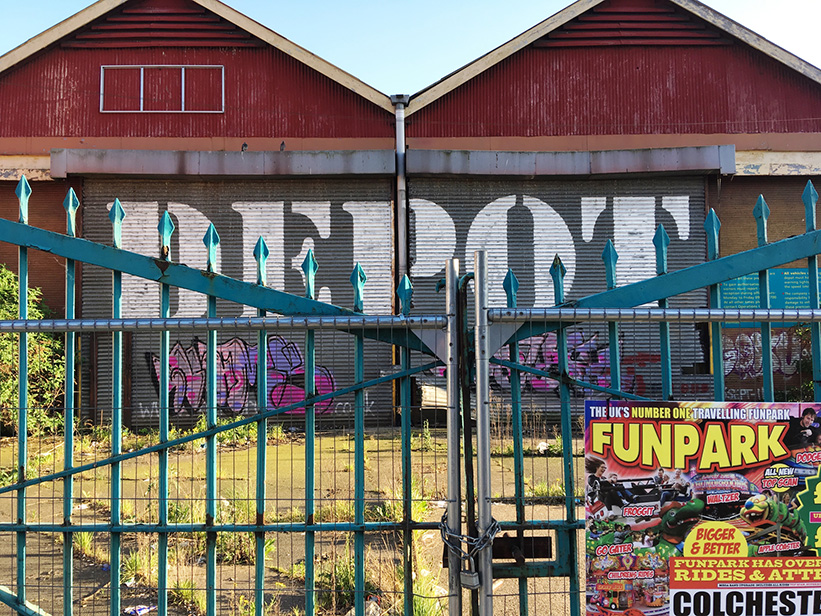

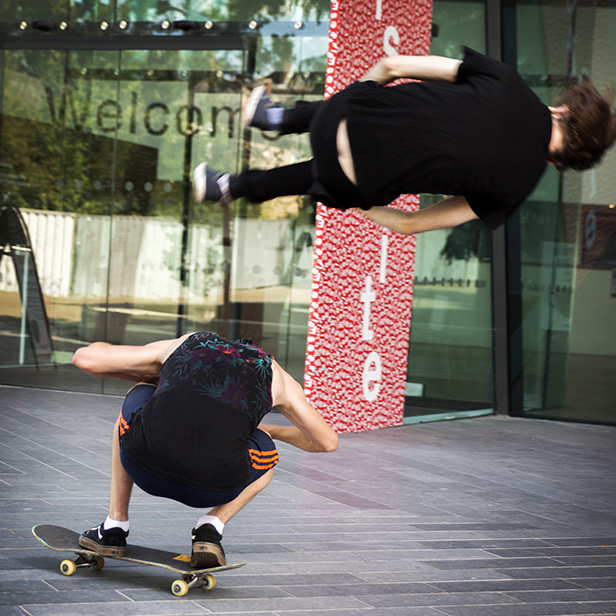

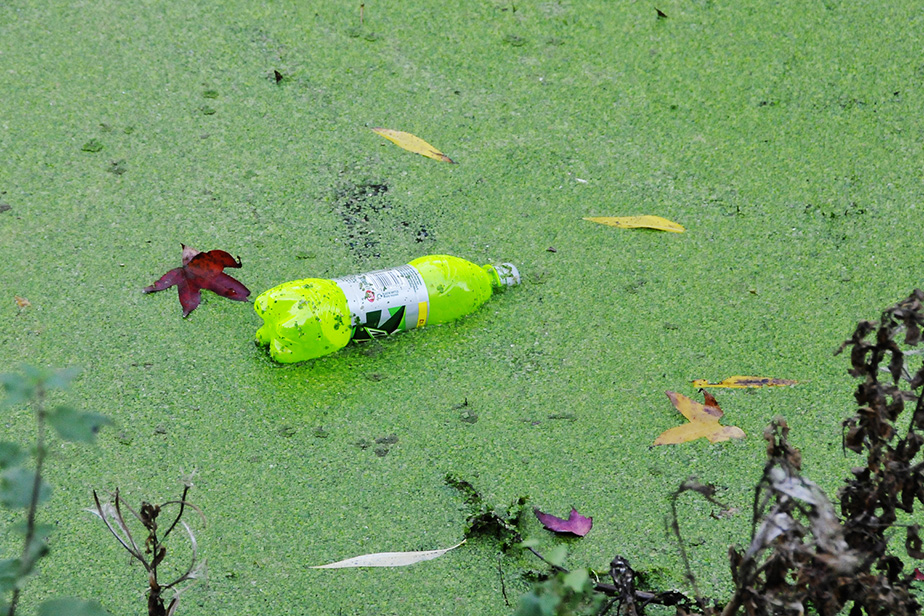



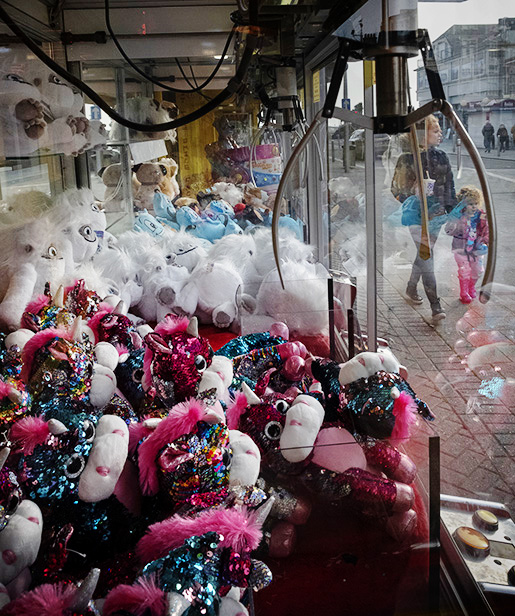

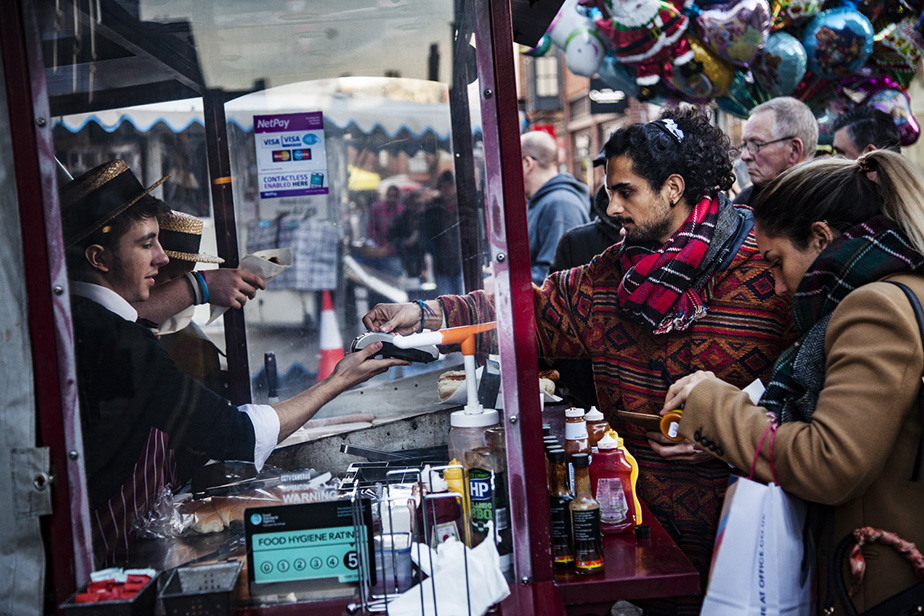

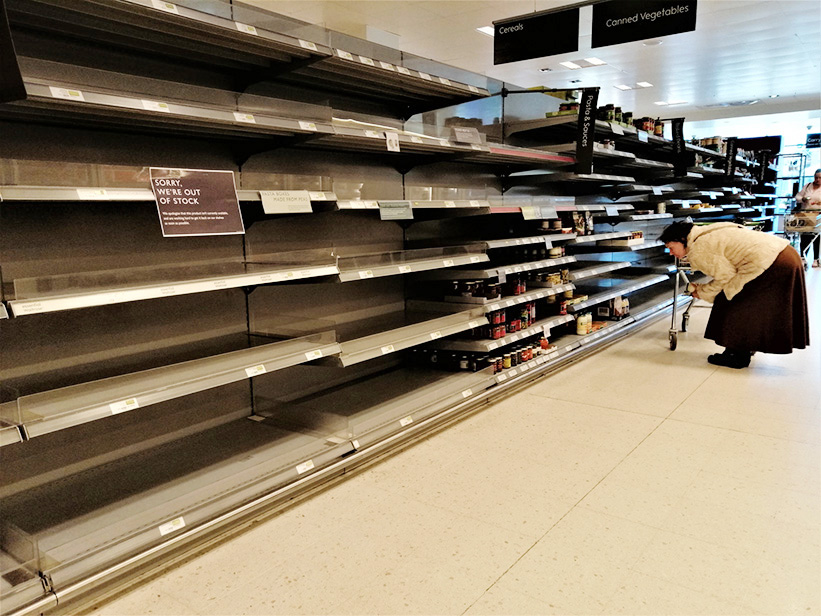

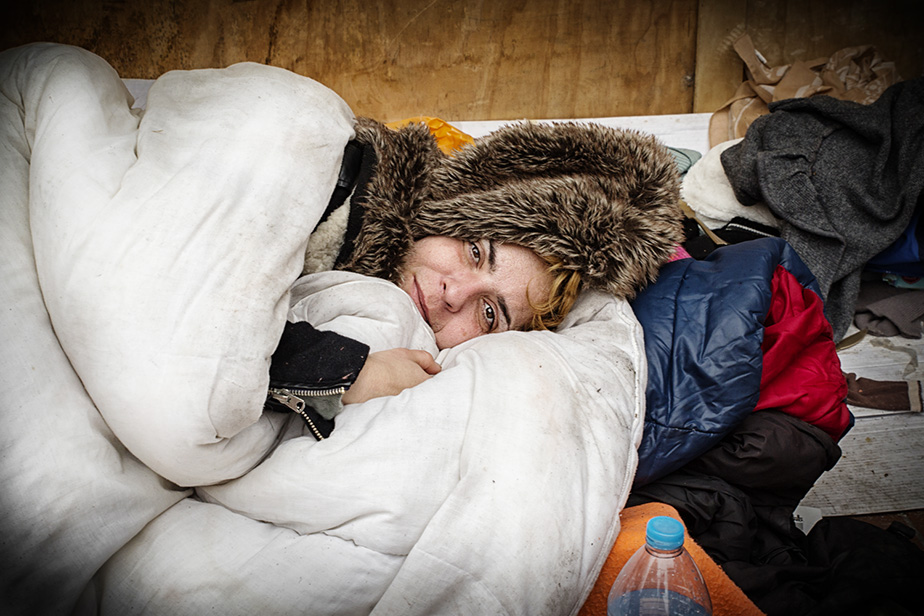

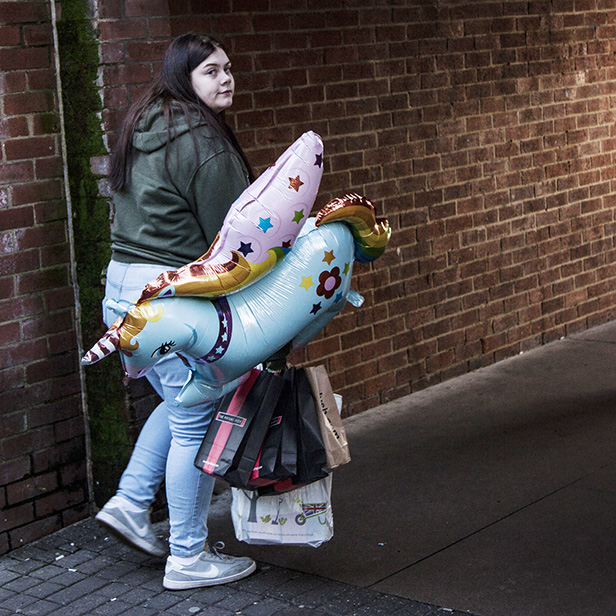

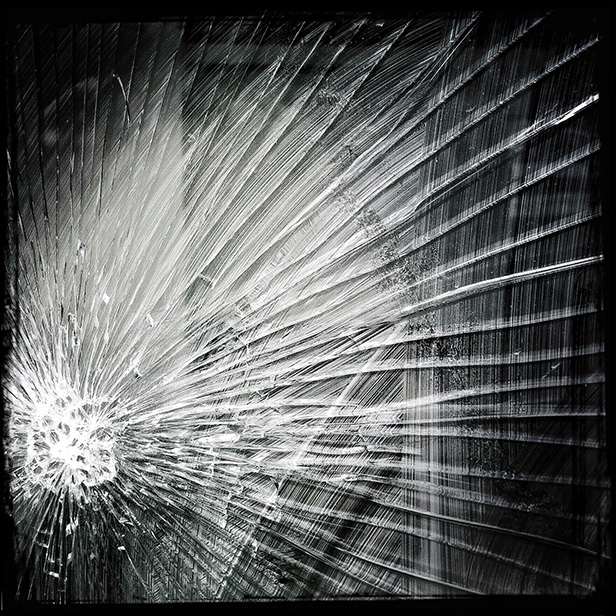

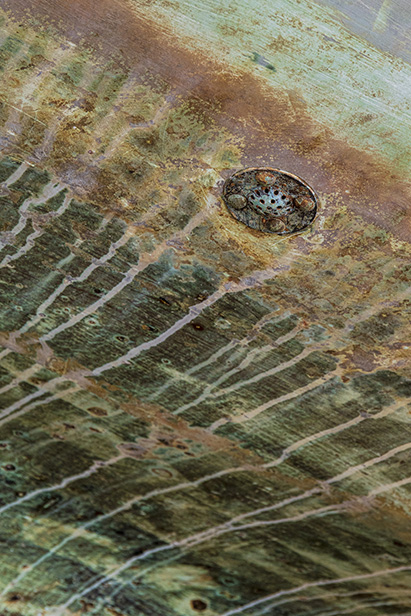

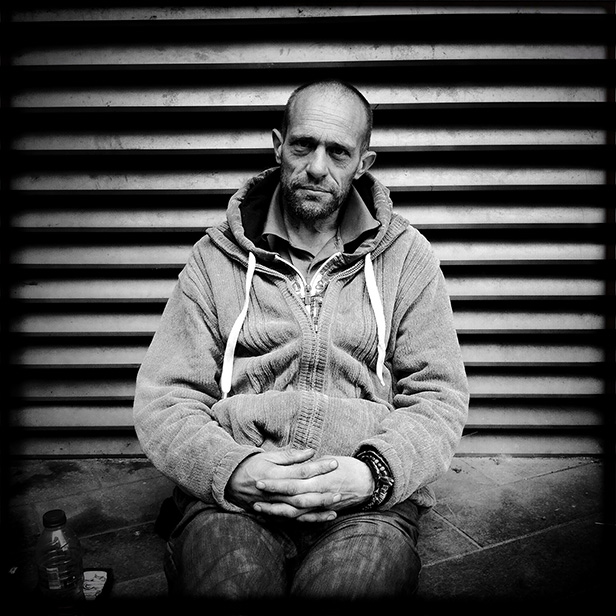

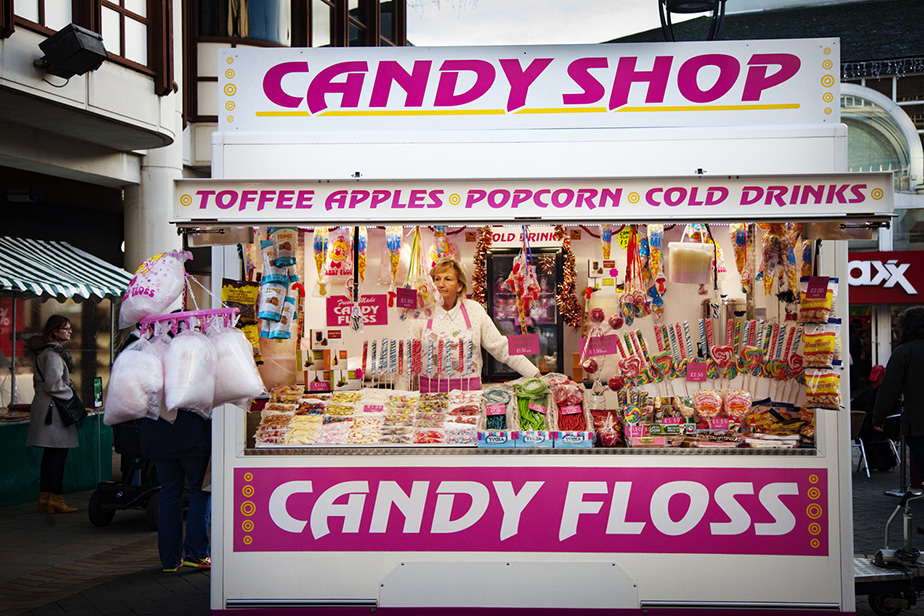

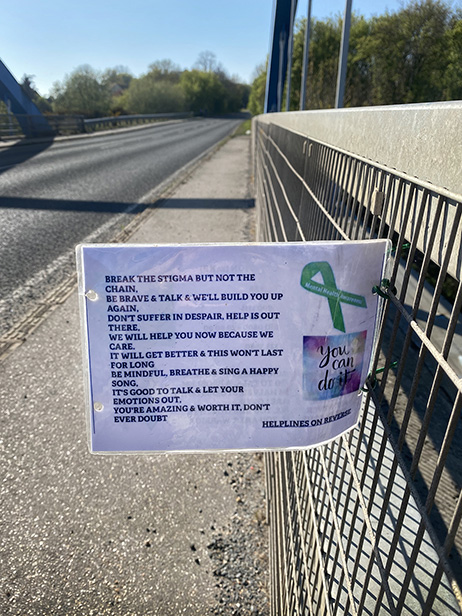

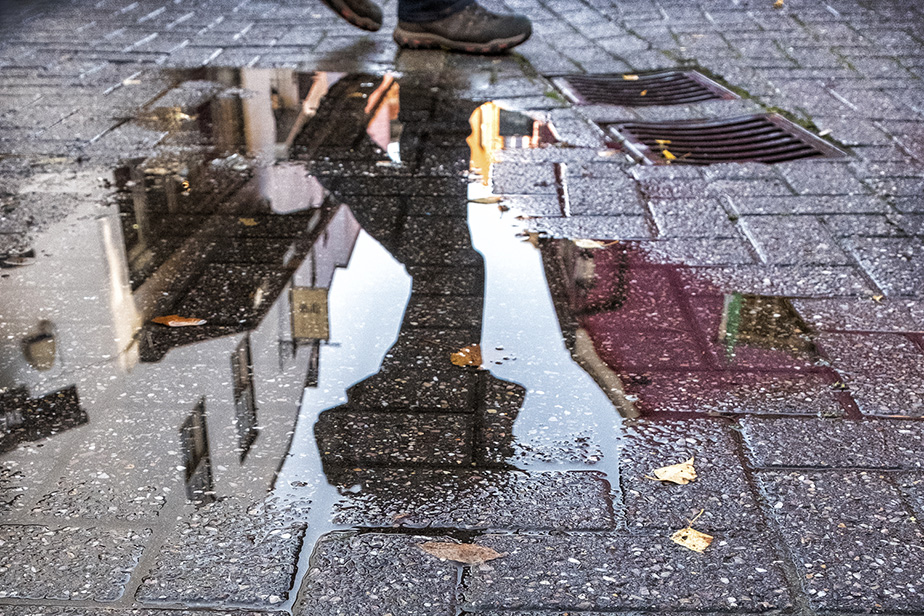

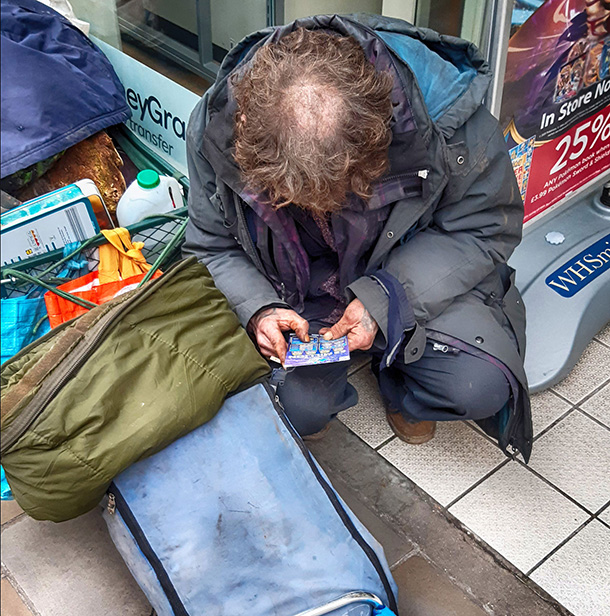

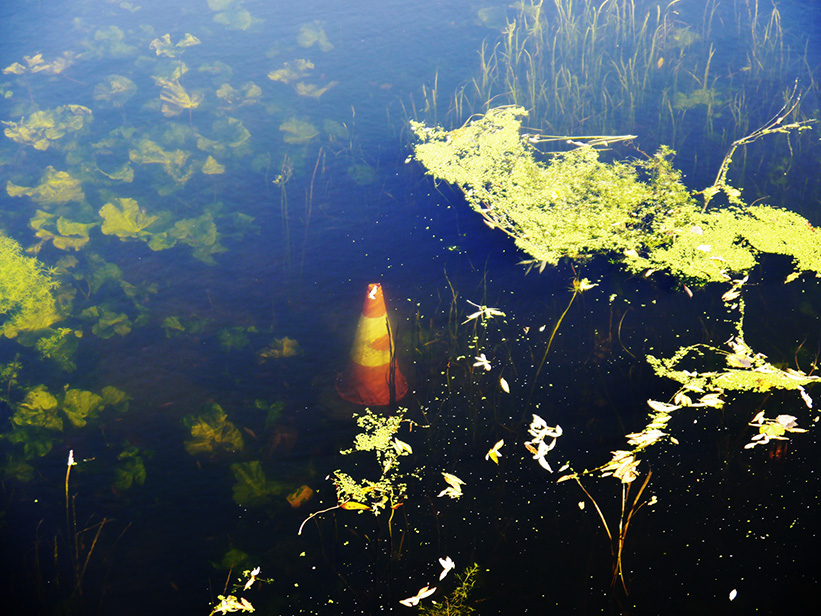

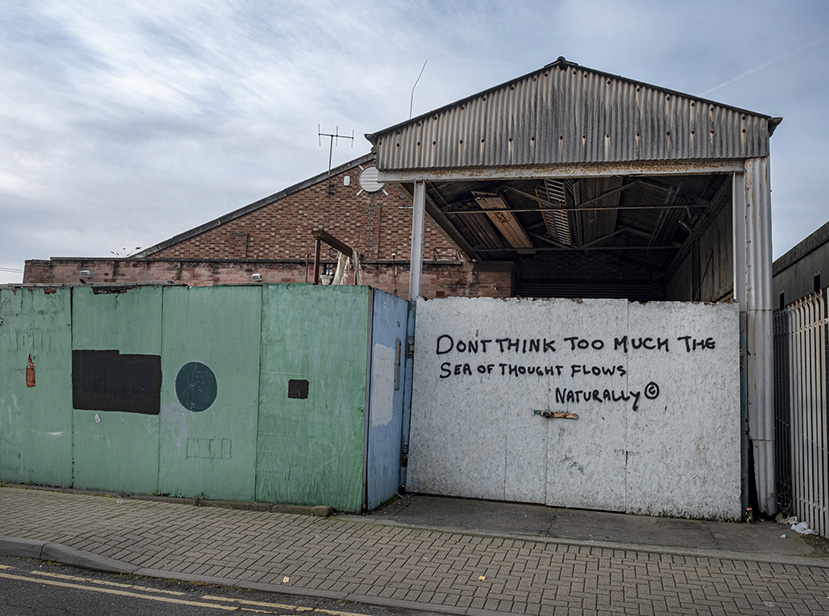

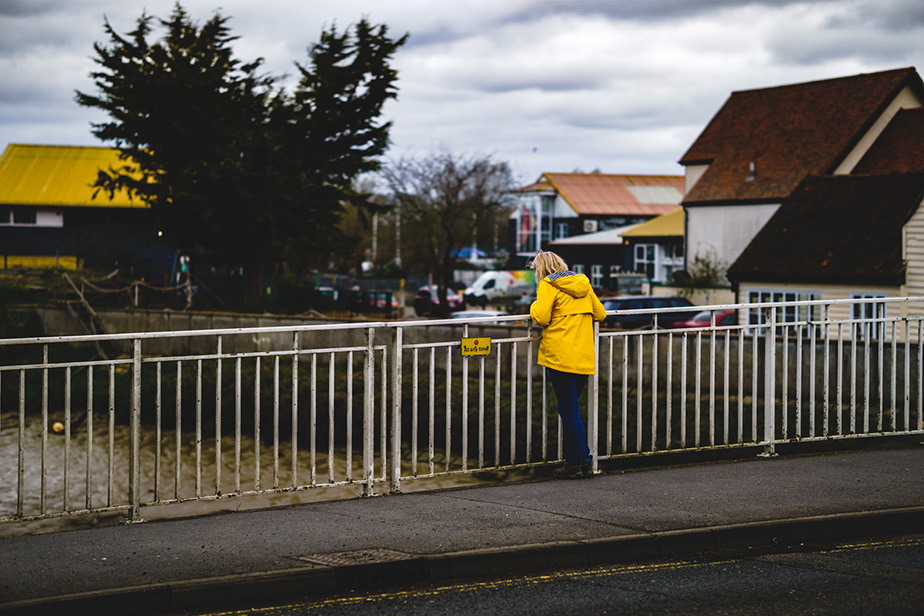

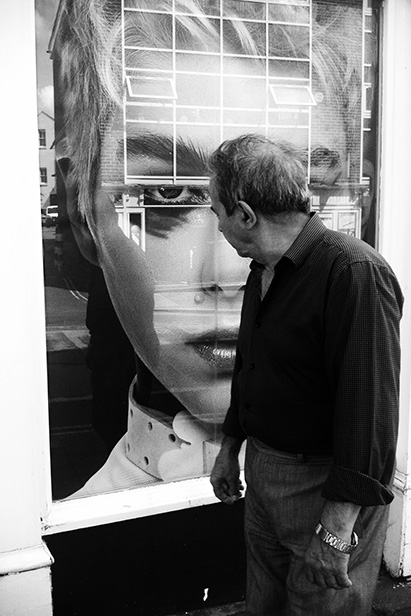

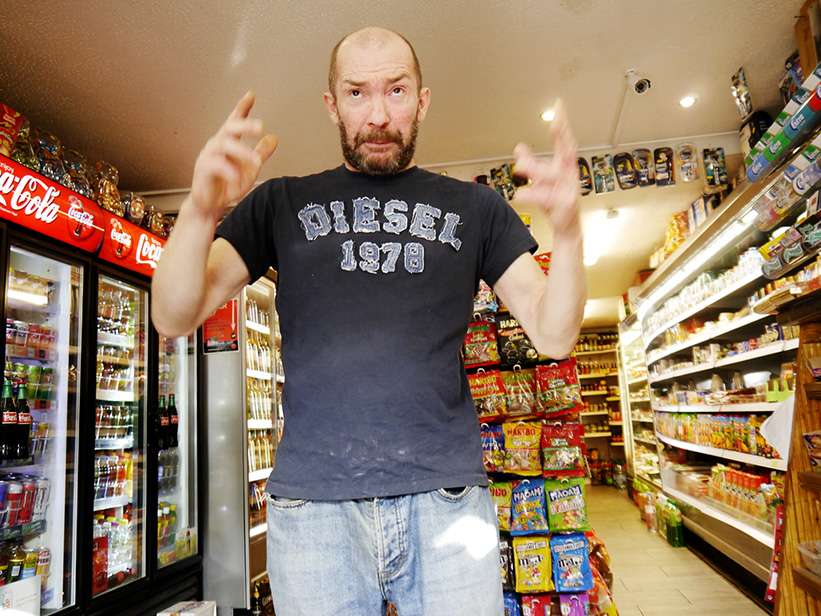

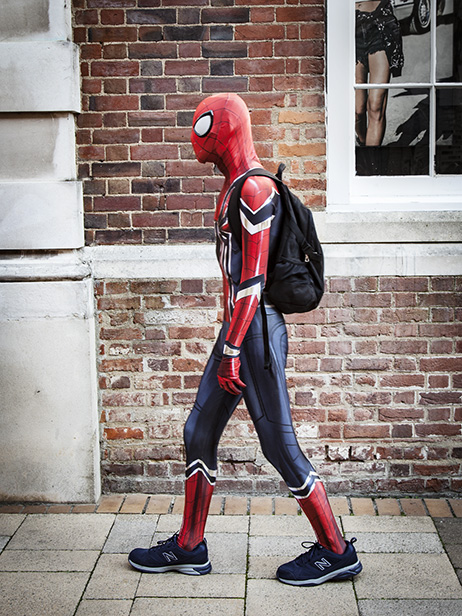

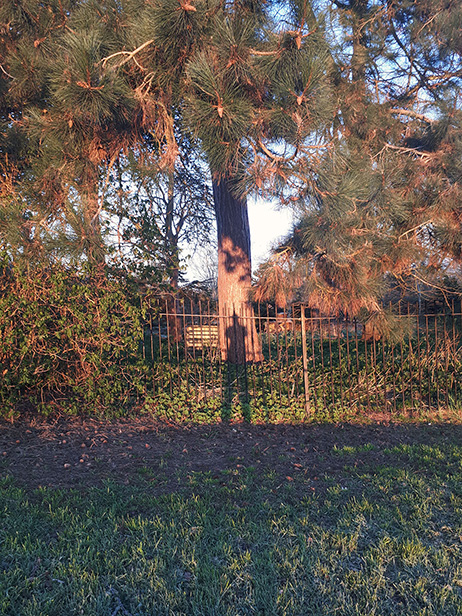

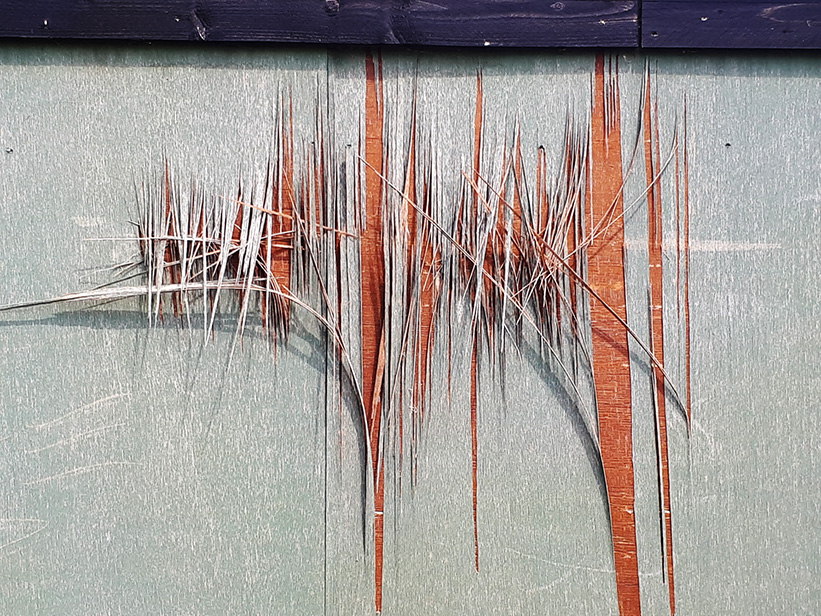

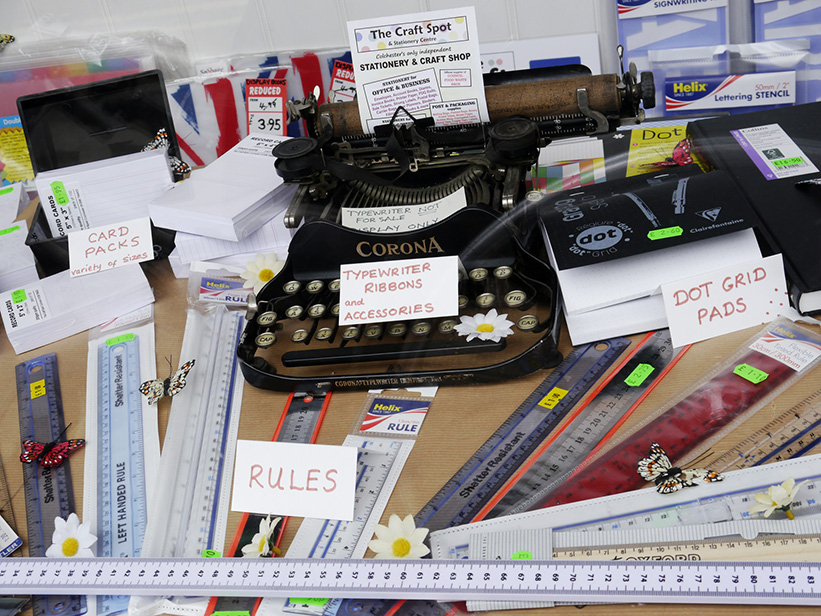

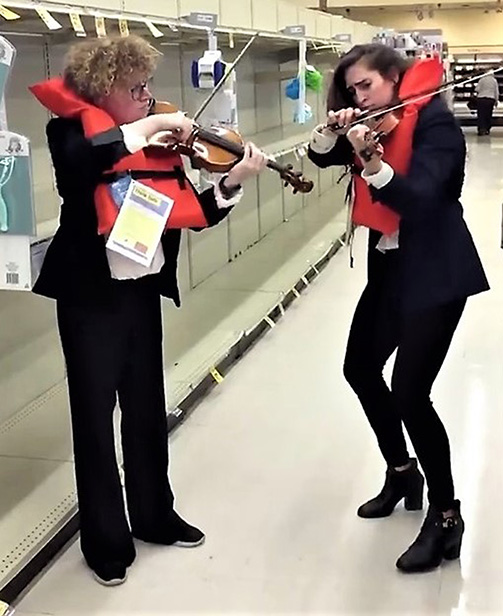

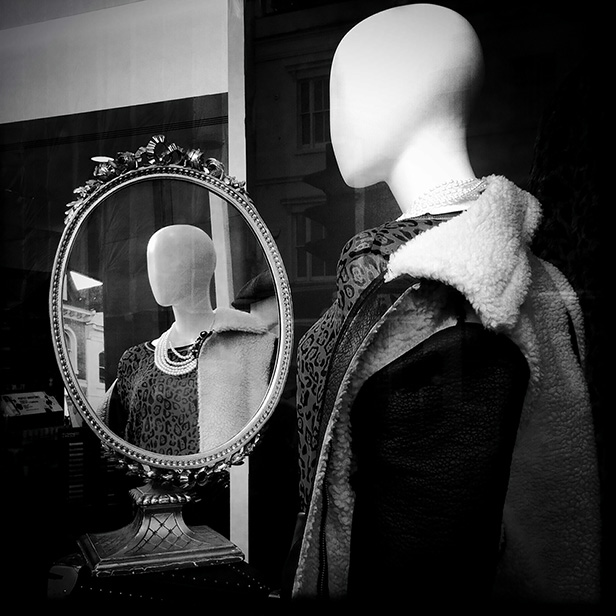

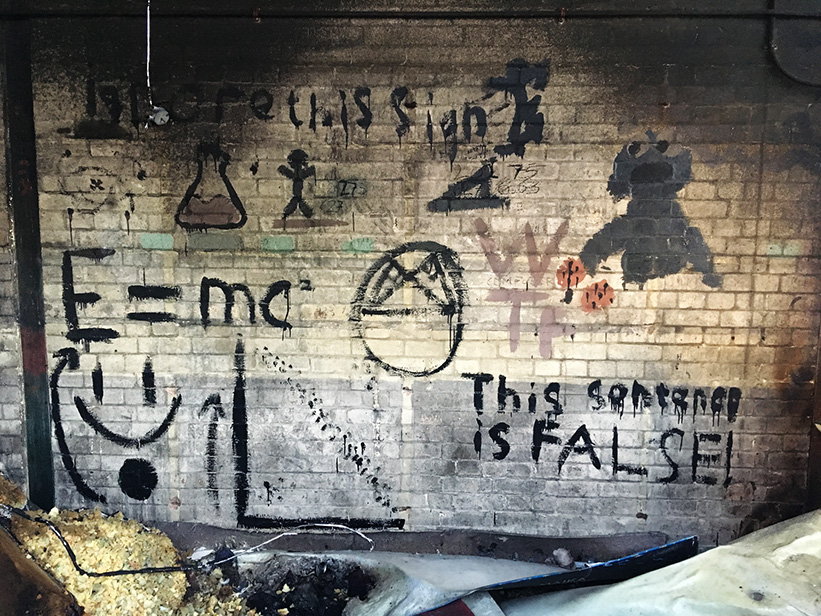

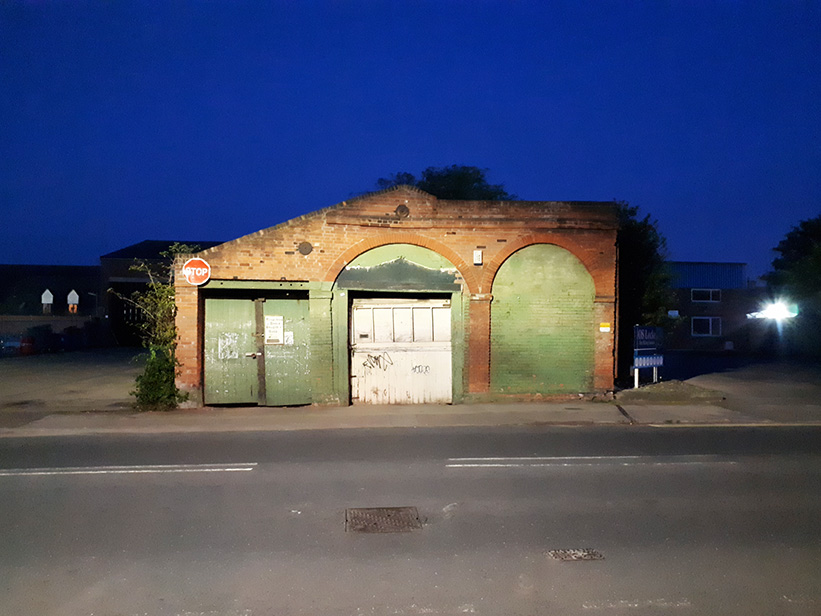



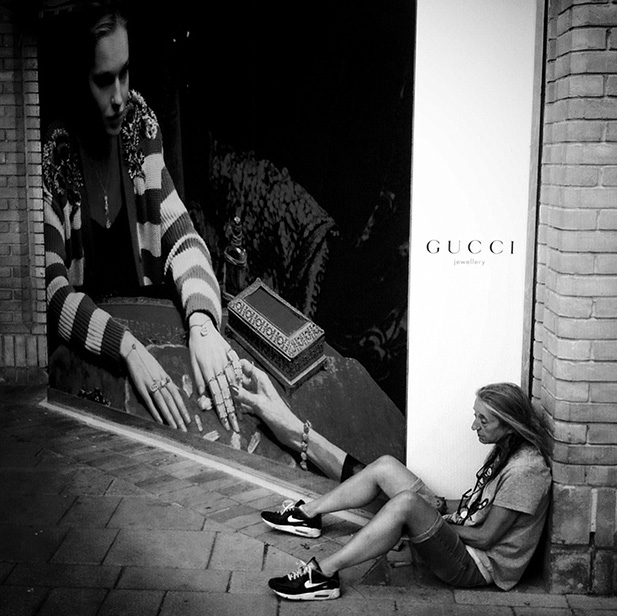

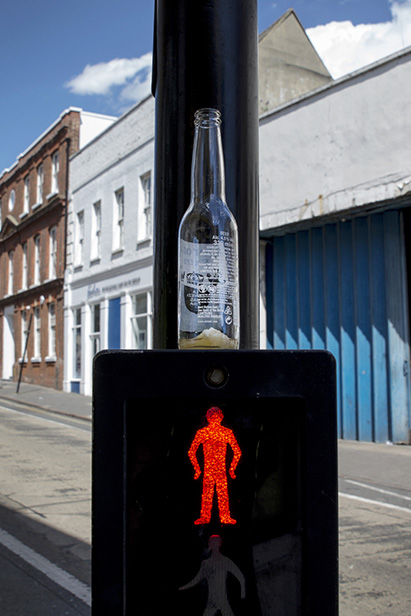

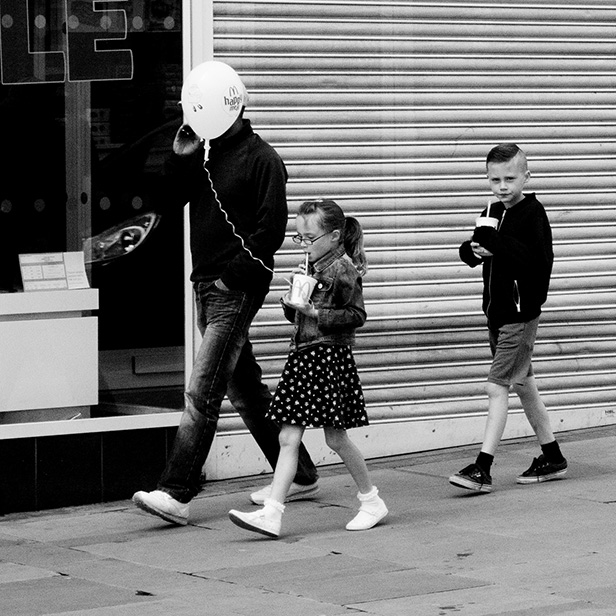

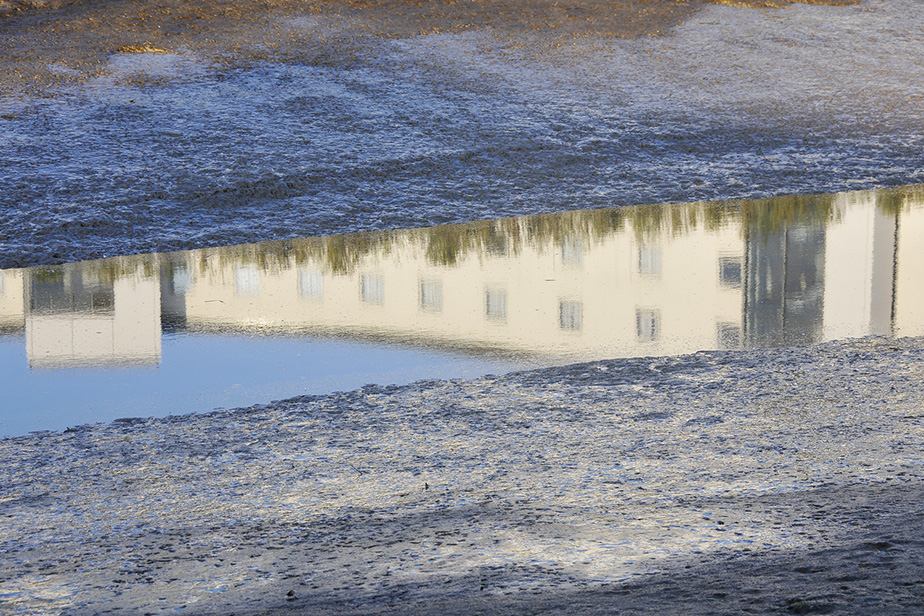

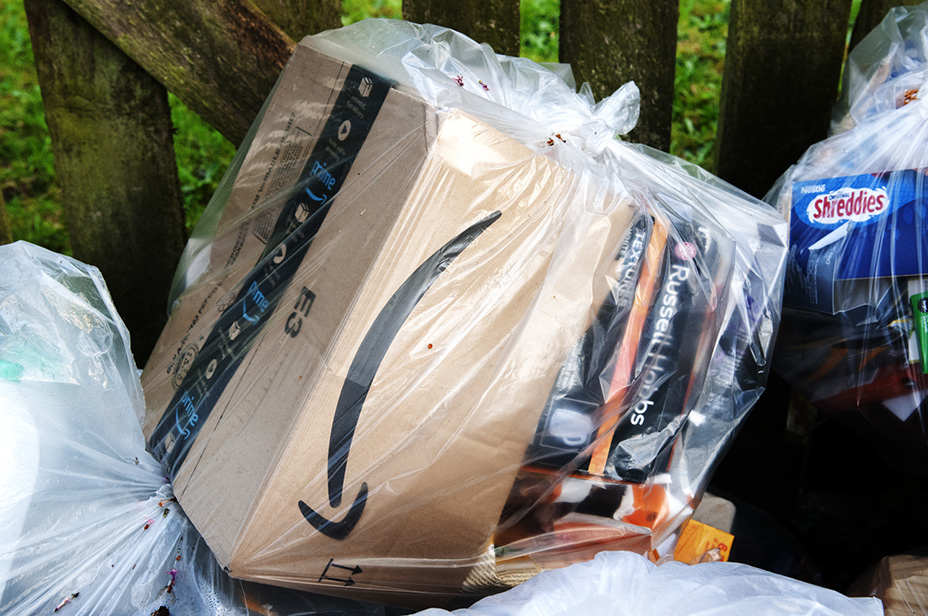

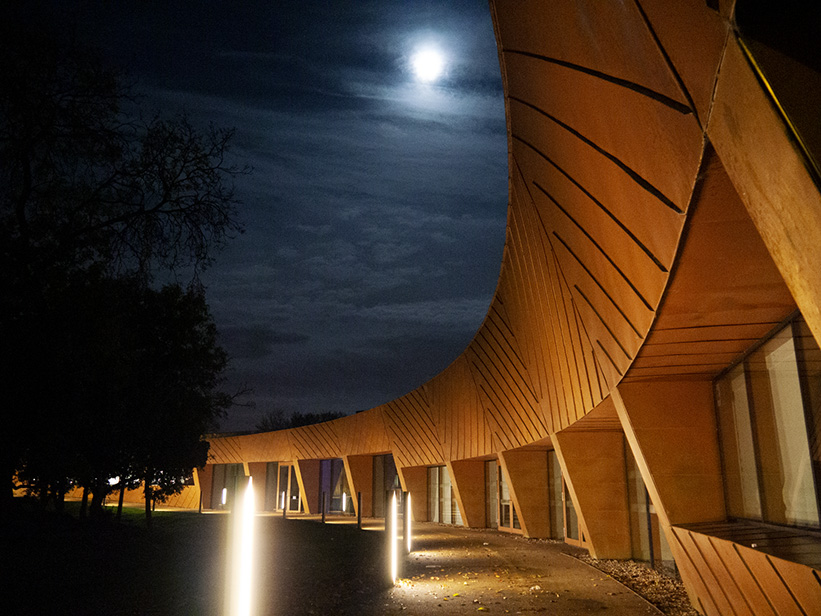

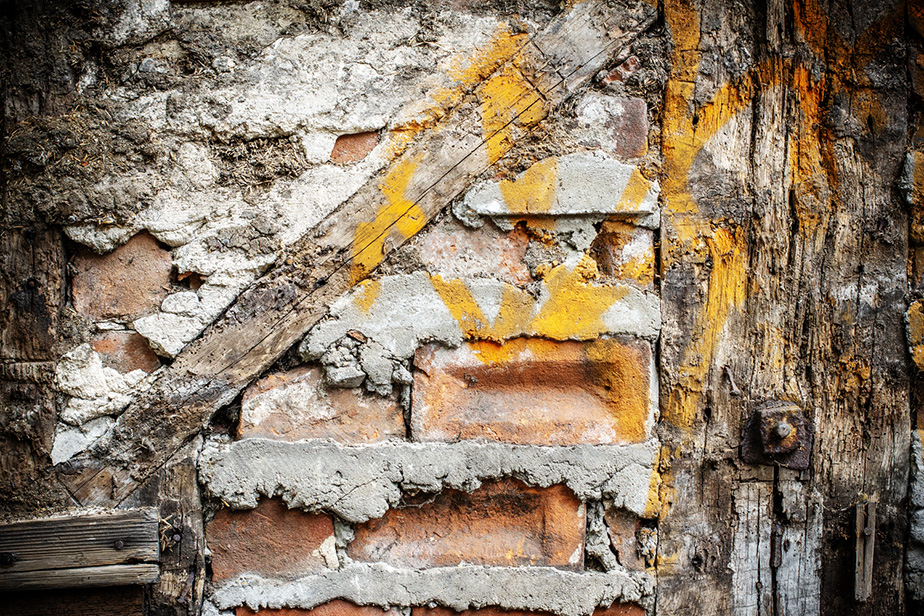

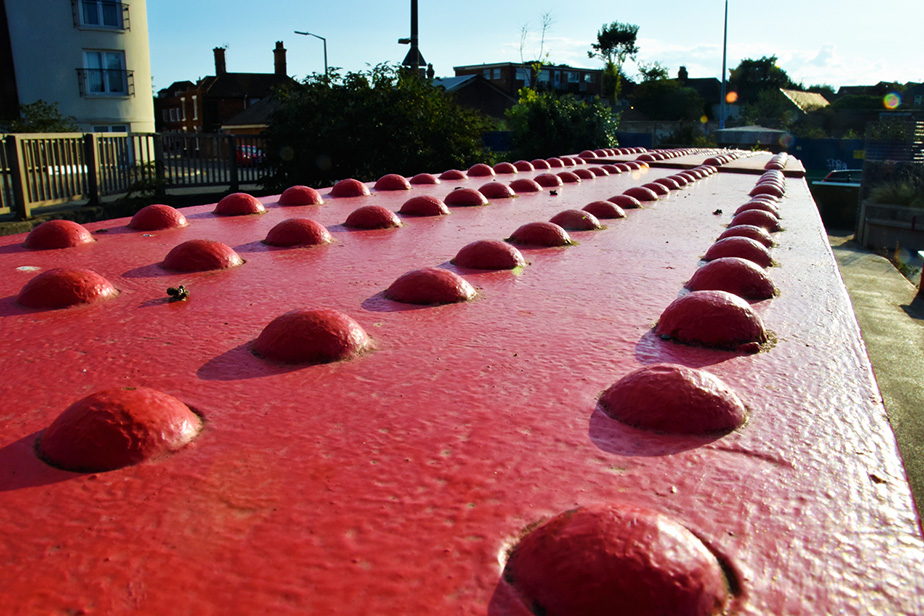

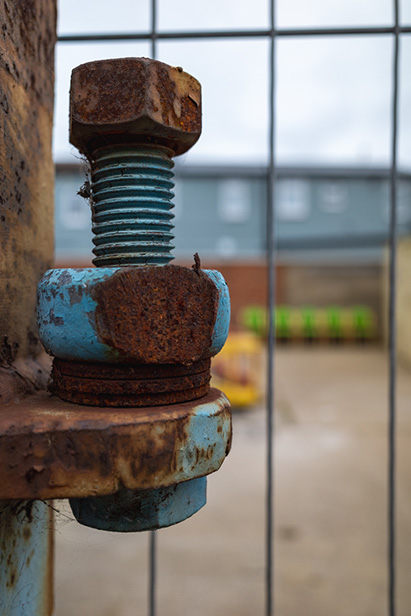

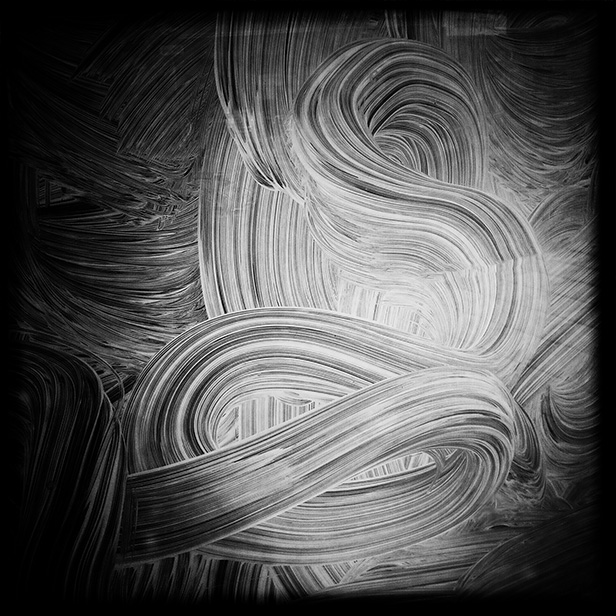

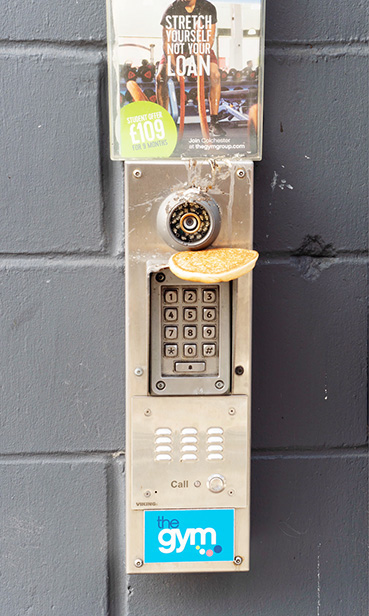

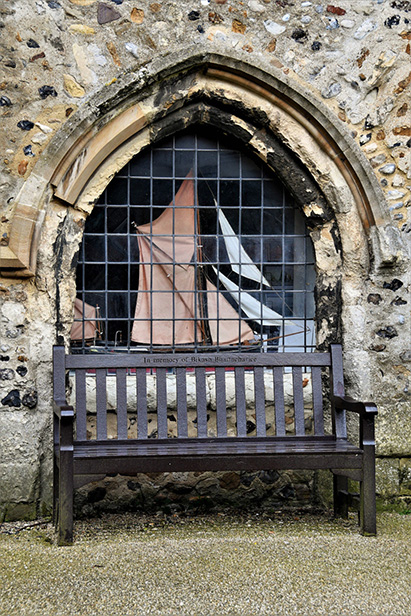

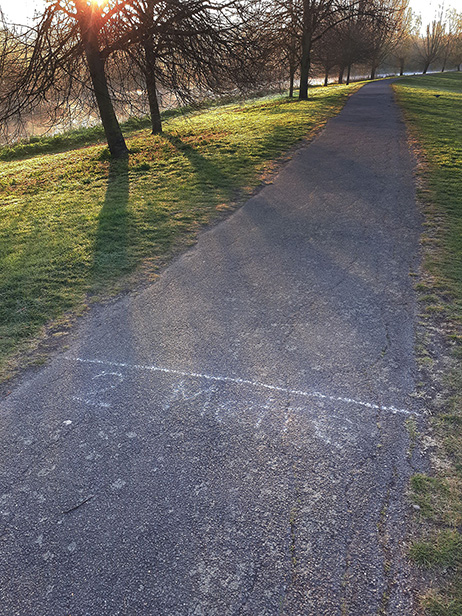

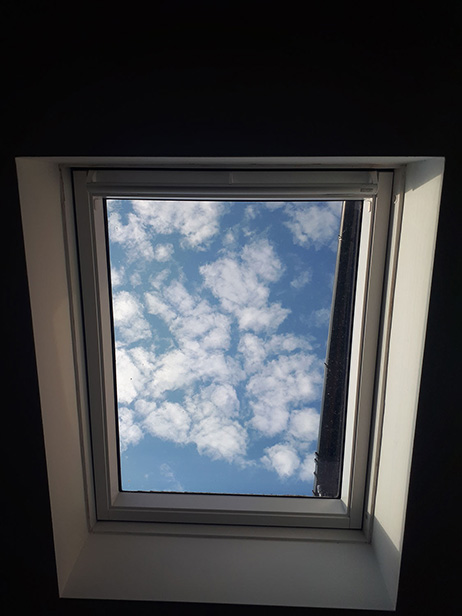

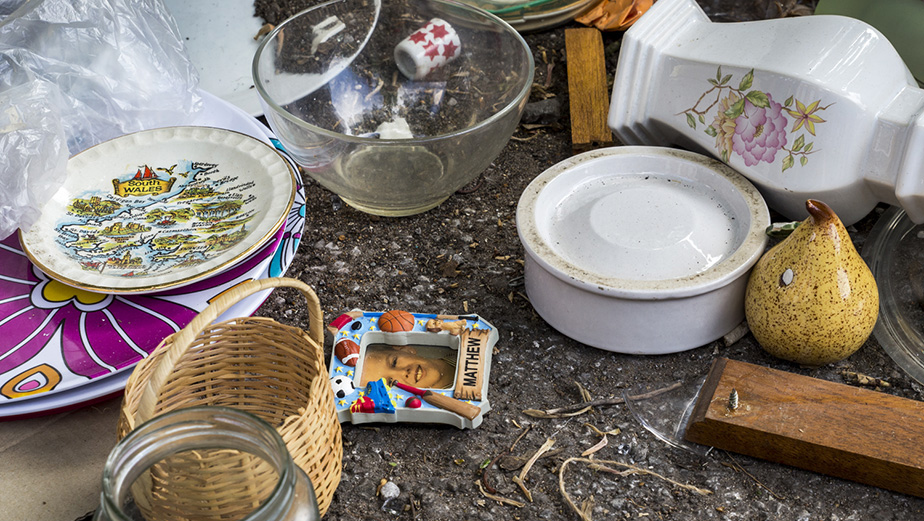

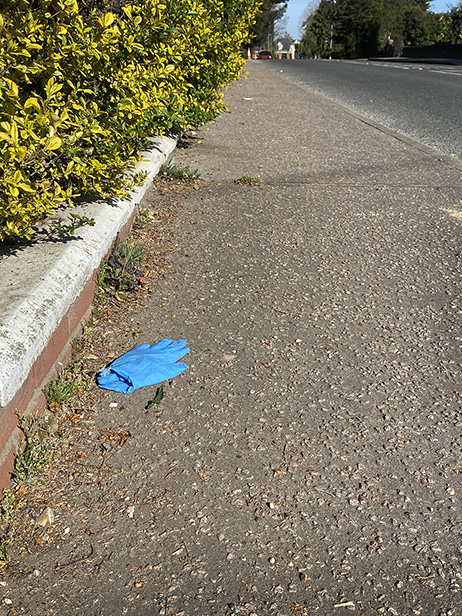

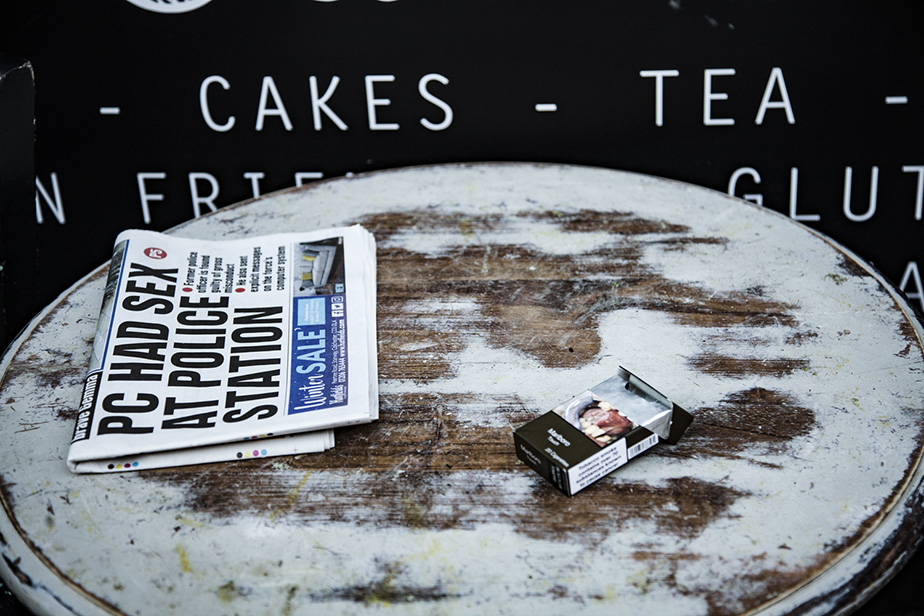

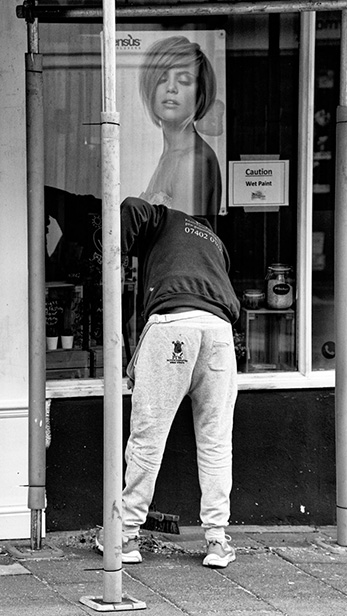

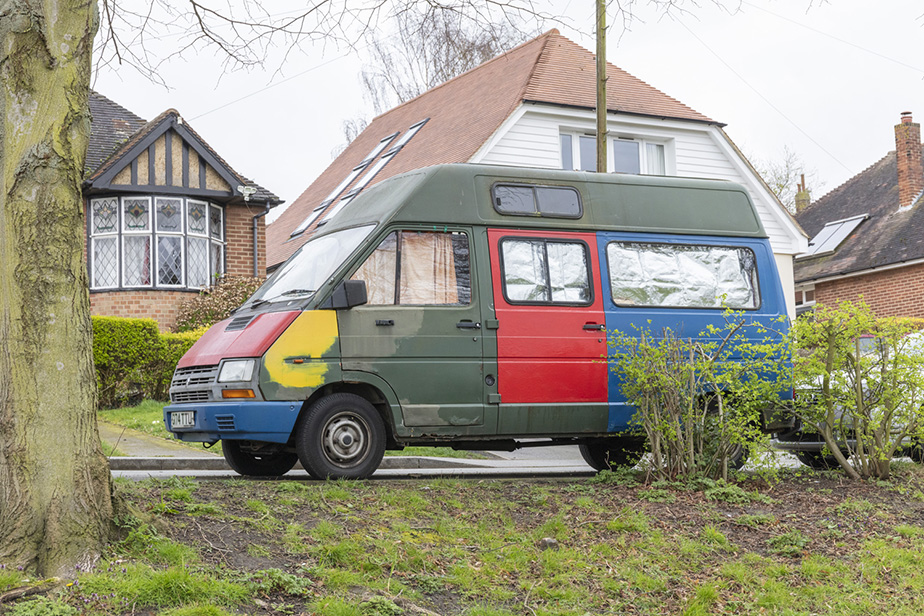

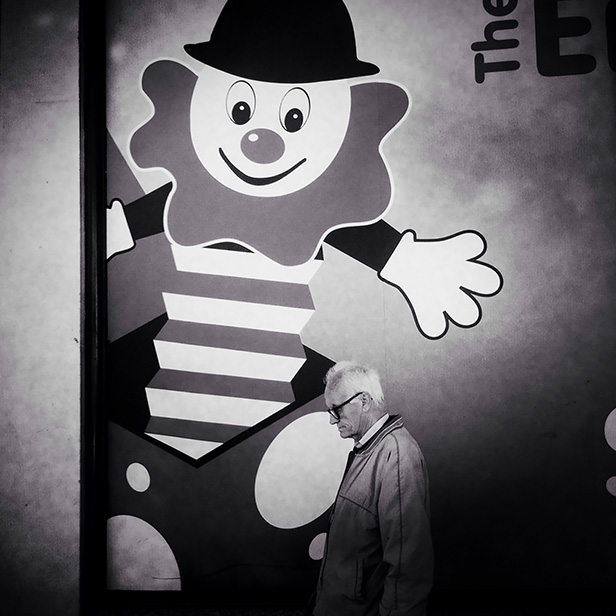

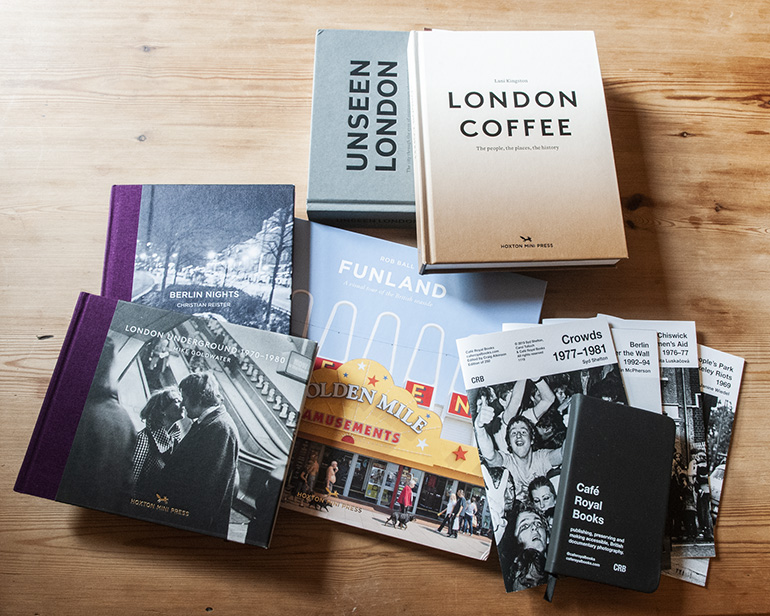

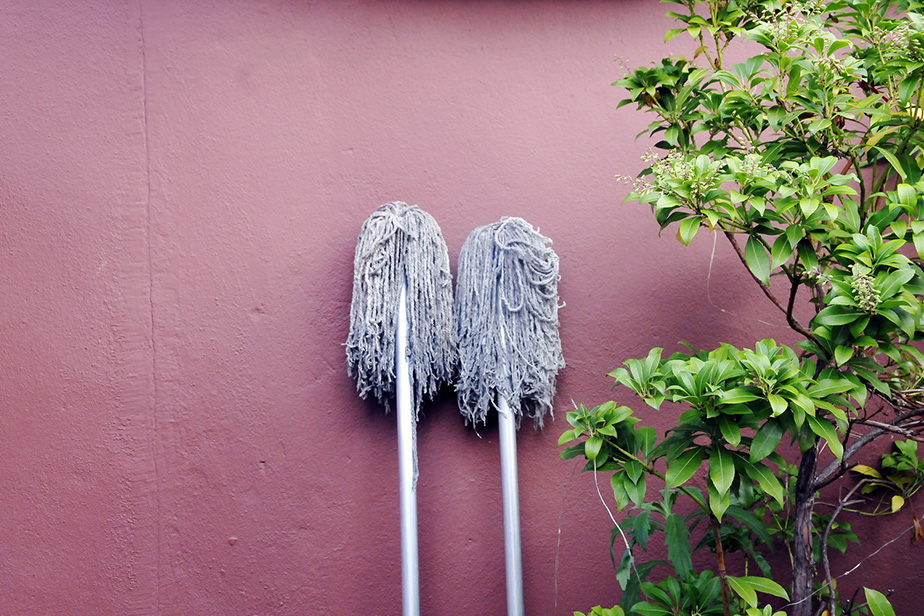

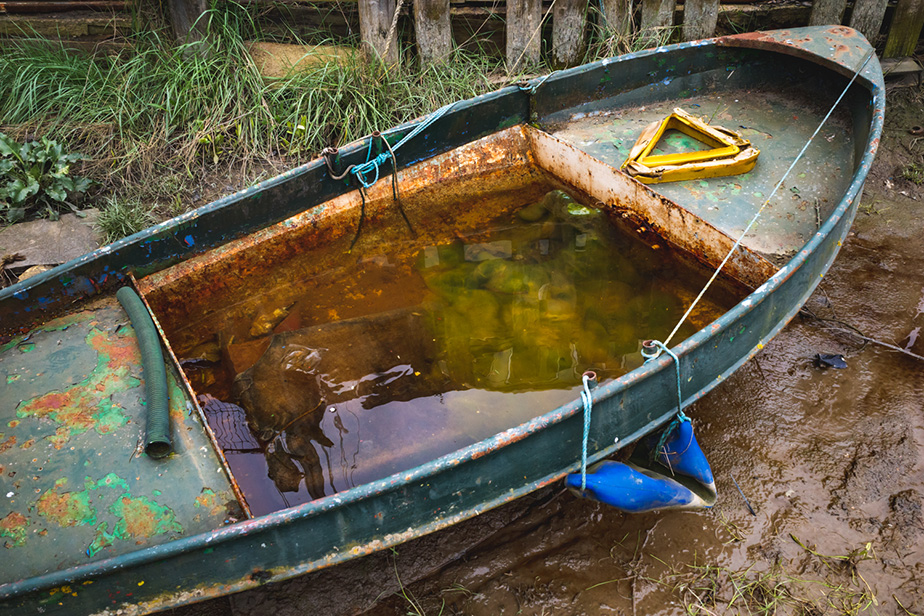

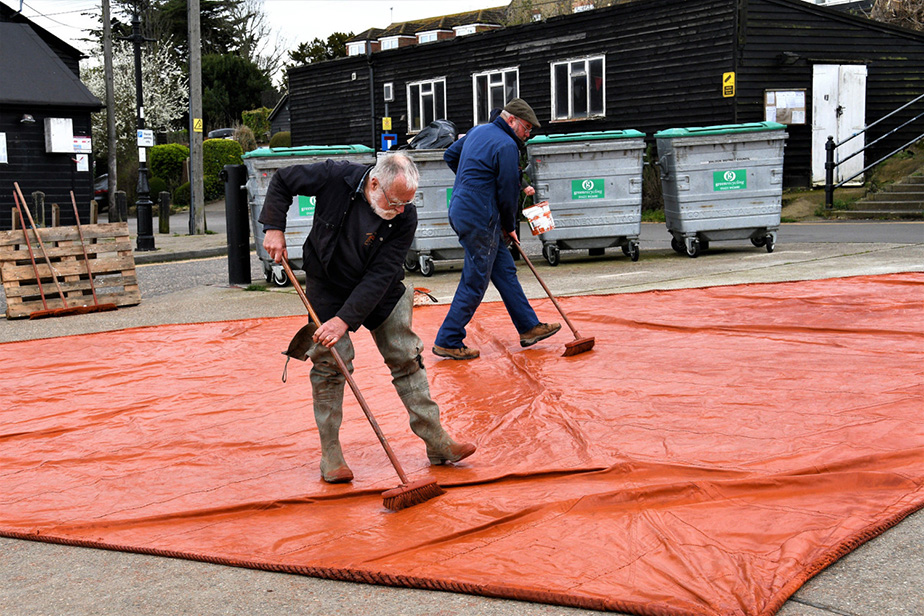

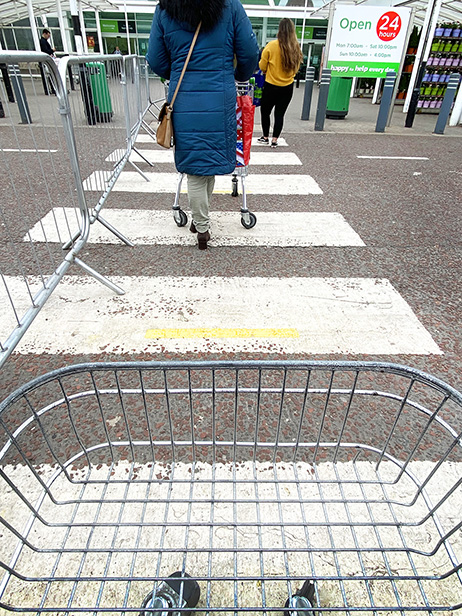

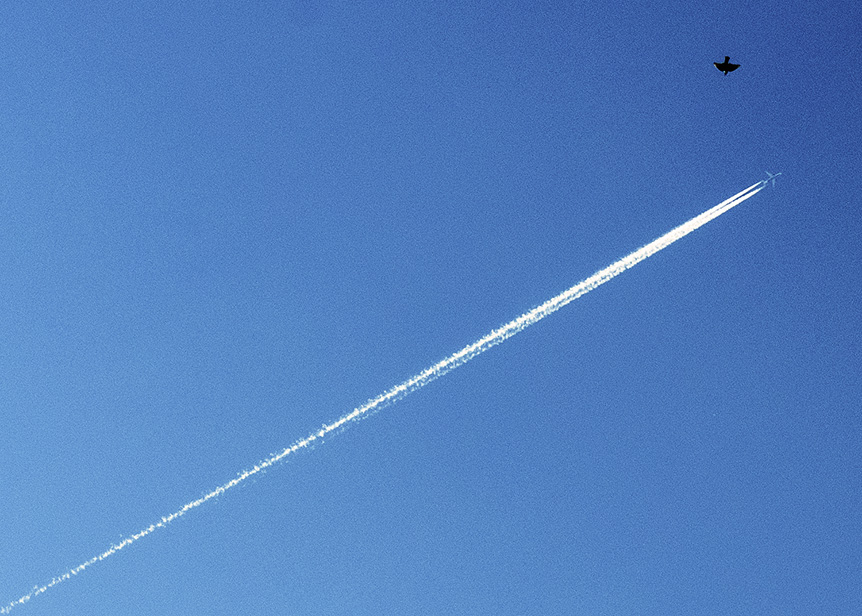

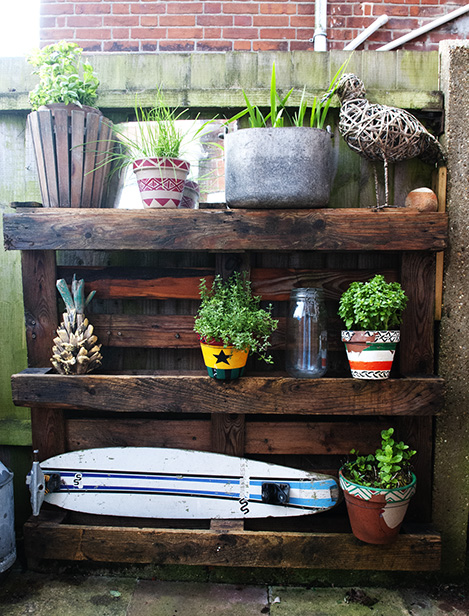



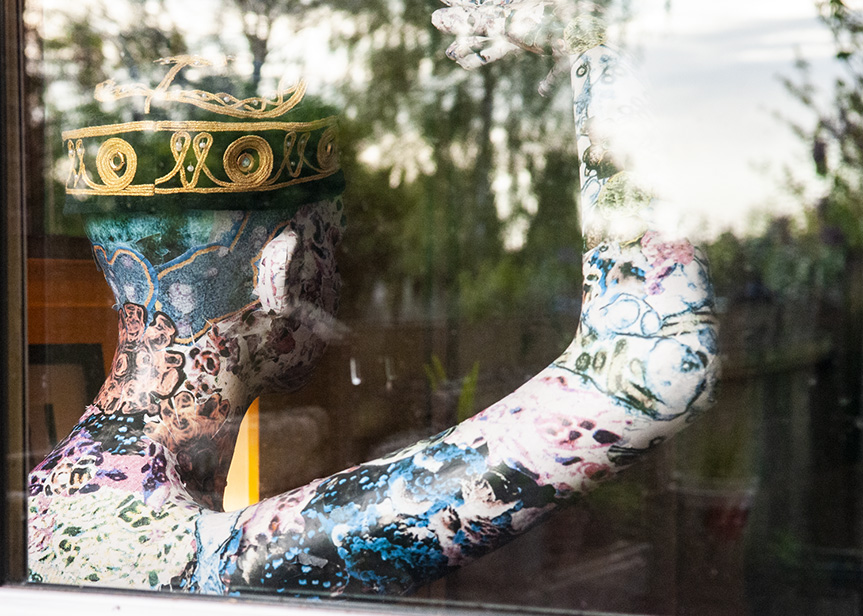

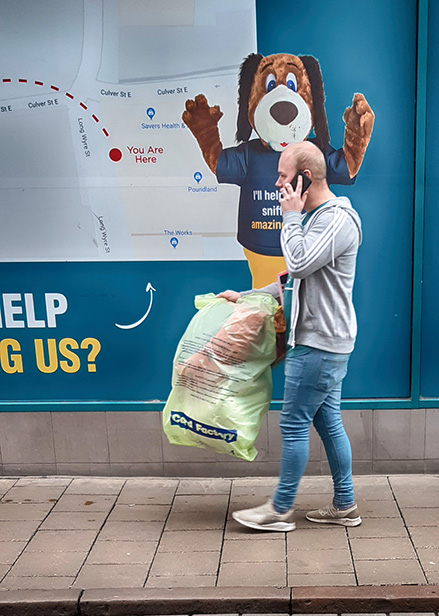

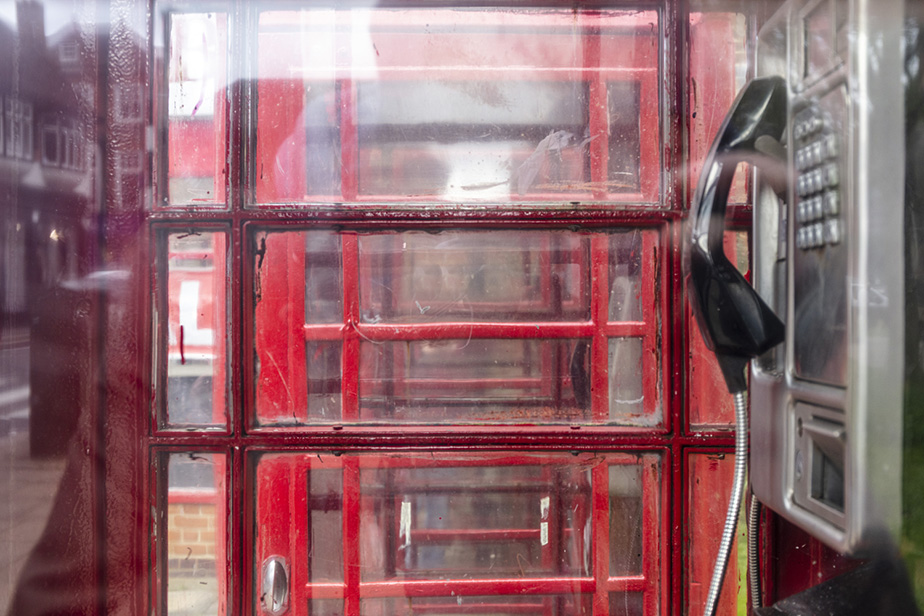

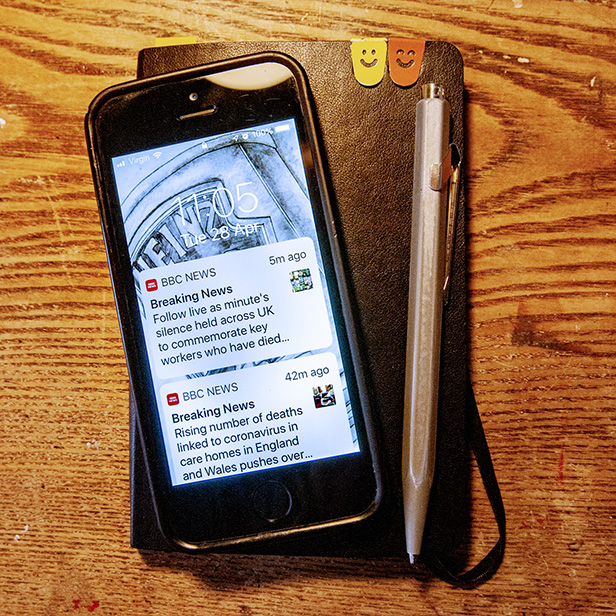

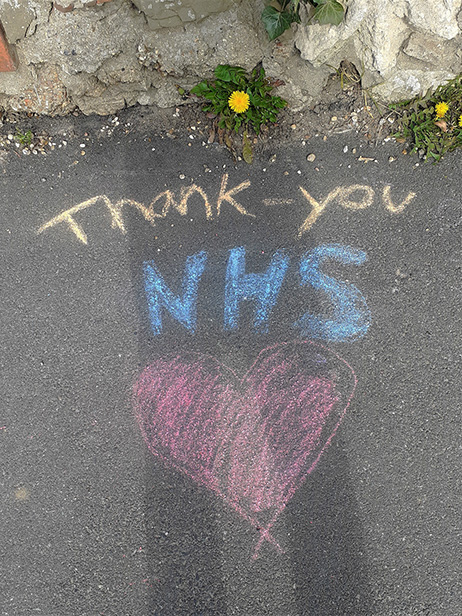


Comments